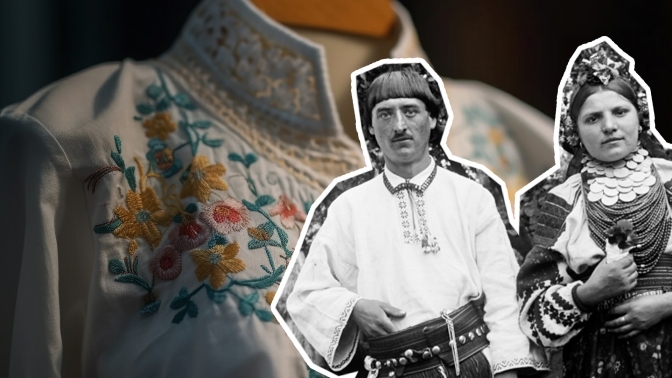
«Vyshyvanka is the best new thing for Easter,» says Liubov Svarnyk, a researcher at the scientific collection department of the Klymentii Sheptytskyi Museum of Folk Architecture and Rural Life. According to her, regardless of whether it’s an old embroidered shirt from a grandmother’s chest or a modern one from a store, you should wear the one you like. Or even better, sew it yourself. In this way, the thread is «knitted,» and the genetic code of Ukrainians is not lost.
From ancient to modern
The history of embroidery in Ukraine dates back to ancient times. But it has gained special significance over the past few centuries. Mostly girls embroidered shirts. Those who were poorer had a few, while the rich had dozens.
According to Liubov Svarnyk, everything is crucial in embroidery: from threads and fabric to ornaments to the number of techniques and colors used.
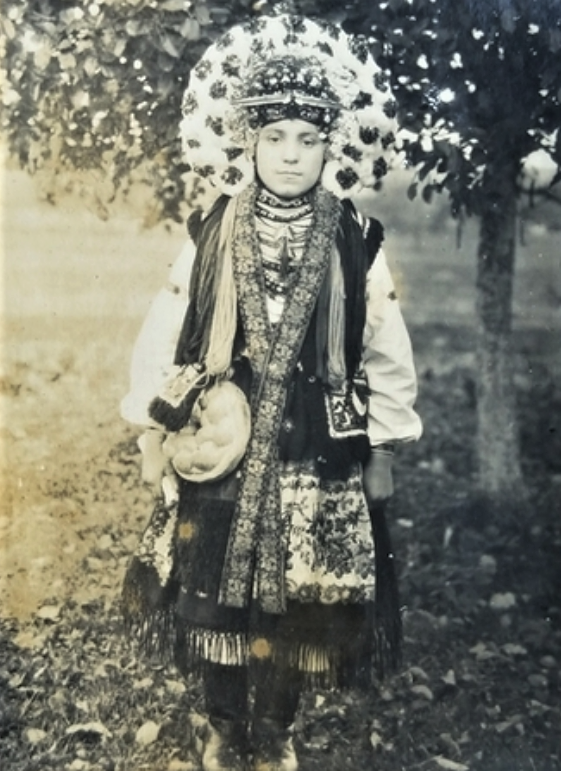
«An embroidered shirt, depending on the fabric, the cut, and the decorative motifs present in it, can tell you a lot about its owner – where it comes from, what events or dates. For example, in some areas, home-woven linen cloth was widespread. Others used hemp cloth. In the Lviv region, mainly used linen,» says the scholar.
Embroidery is essentially an ethnographic marker, an address to determine where the owner of a shirt comes from, for example, Hutsul or Bukovyna.
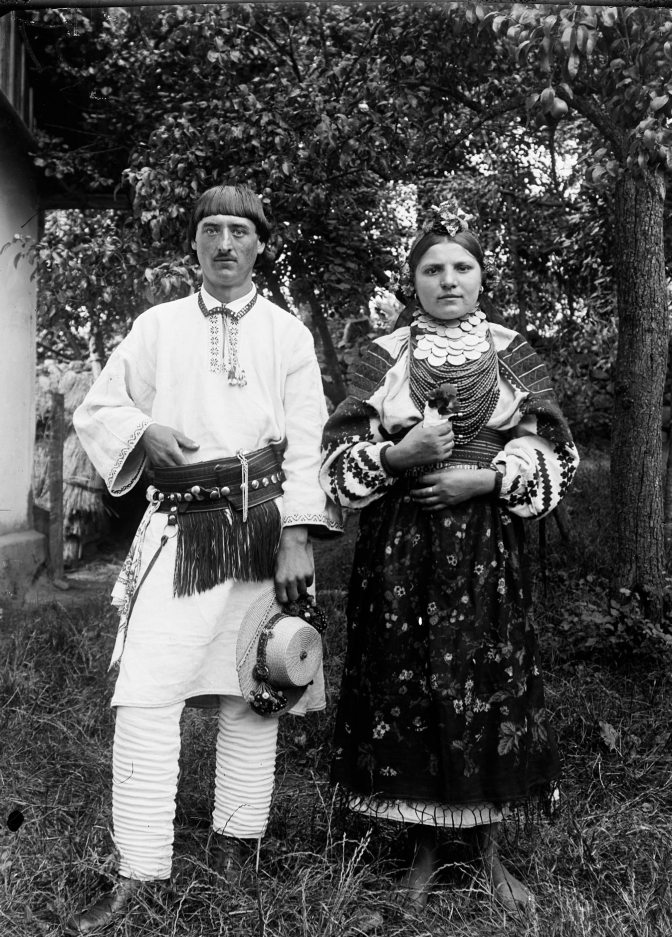
«Of course, the main thing in a shirt is embroidery. The color, character, and compositions were important – they changed with each new generation. Initially, the embroidery of one region was only in inserts, collars, cuffs, and the other – on the entire sleeve,» the interviewee adds.
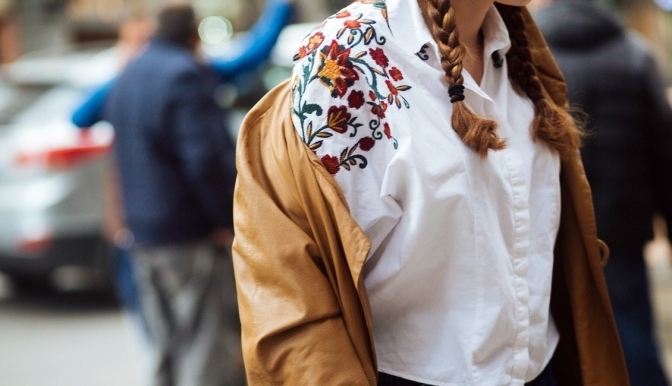
The patterns and colors of embroidery depend on tradition. Each region, and sometimes individual villages within it, had specific differences in embroidery. For example, bright red colors were typical of the ancient Yavoriv region, and inhabitants of the Sokal region (the so-called graphic embroidery) used black thread. Although in the 20s and 30s, the black background was «diluted» with colored yarns, and the embroidery thus became colorful. In particular, Bukovyna shirts always had bright flowers on them.
On weekdays, shirts were embroidered simpler, with poorer decoration. But on holidays, the embroidery had to be wealthier and more colorful. The best shirt was made for a girl when she was going to get married. Both the fabric and the threads had to be new. A woman kept such a shirt during her entire life, cherished it, and wore it rarely, except for holidays, or kept it «for death.»
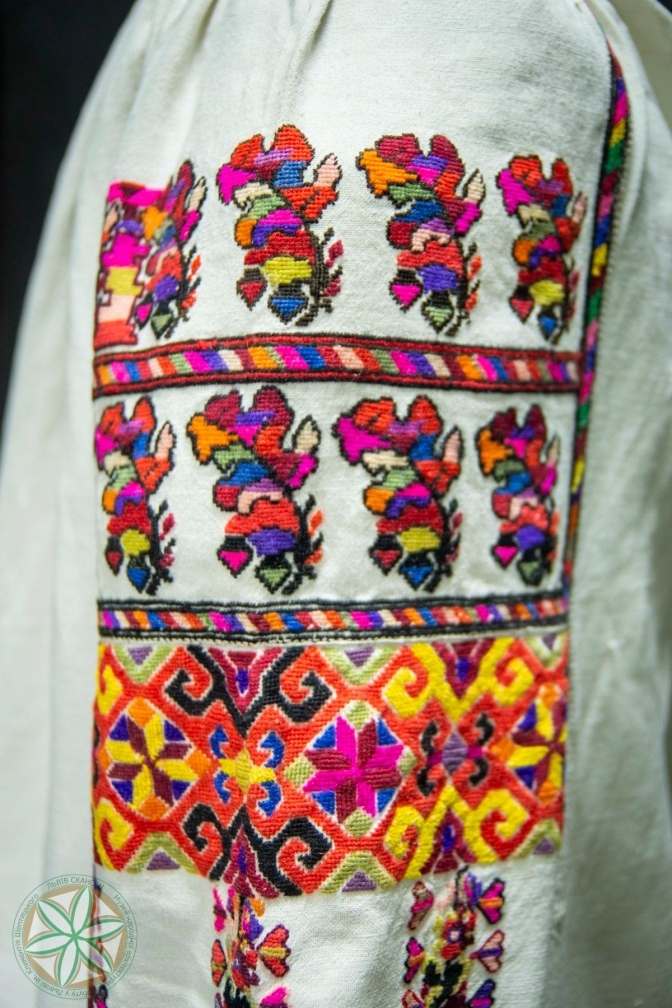
«Every girl and woman tried to embroider a shirt for herself because she wanted to have her own thing. The tradition of preserving and passing on a shirt as an inheritance appeared not so long ago. In the past, people did not pass on or bequeath embroidered shirts to their children or grandchildren because, firstly, they wore them out. Secondly, they could only pass on boots, corals, coats, and shawls from generation to generation. They burned everything else after death or gave to the poor,» explains Liubov Svarnyk.
A special shirt for Easter
Since ancient times, women have worn embroidered shirts as the basis of their outfits. However, they preferred to look especially festive at Easter.
«In spring, nature is renewing, so people want to wear something new. Most often, people are trying to buy new clothes for the Easter holidays. It could be a brand-new shirt or one that had just been embroidered and decorated. Taras Shevchenko even has a poem called «On Easter, on Straw,» which reads: «Children against the sun. They were playing with Easter eggs. And they began to brag. They began to brag about their innovations,» the scholar continues.
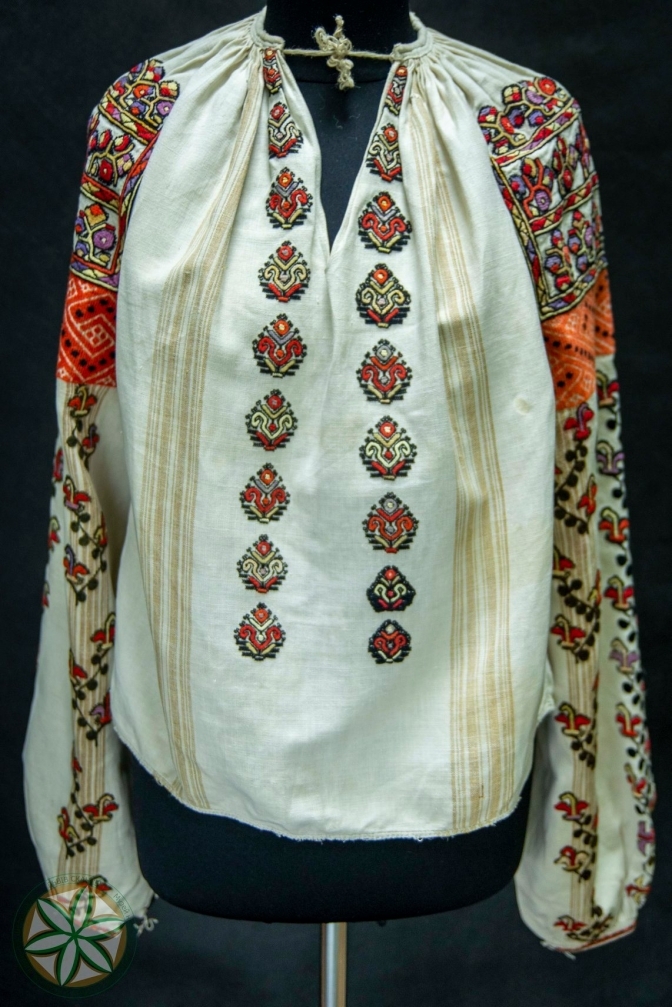
That is, just like before, everyone wants to update their wardrobe for Easter.
«And the best new thing for these holidays is an embroidered shirt. It’s about maintaining traditions and being involved in the family roots. Of course, the easiest thing to do is to go out and buy a shirt, but then you don’t feel a connection to history. In addition, a purchased shirt will not be as respected as a hand-embroidered one. The choice can only fall on the one with a large pattern, and because it is fashionable to wear embroidery now. However, in this case, it will only be a tribute to fashion, not a dream thing. Anyone interested in embroidery will always find time to visit an exhibition, read the history, sign up for a course, and will not be too lazy to embroider a shirt themselves. Because, as I said, it will be the best,» adds Liubov Svarnyk.
The power of the embroidered shirt
According to the scholar, prayer has always been and is a Christian’s protection against all evil and bad things. The embroidered shirt is a family symbol of memory, warmth, joy, and a code of happiness.
«And the embroidered shirt is «warm» because my mother, grandmother, or great-grandmother embroidered it. We remember our family, land, and traditions as our ancestors did. Even during the years of exile, the first things people took with them were documents and clothes, including embroidery as the basis of the national system,» the scholar emphasizes.
Liubov Svarnyk doesn’t have too many embroidered shirts. She embroidered some of them herself but mostly decorated them with machine embroidery. And none of them are museum-quality.
«I’m like a shoemaker without boots. I used to embroider by hand when I had small children and grandchildren. I don’t have a museum-embroidered shirt, and I don’t want to have one. I remember how the late Borys Voznytskyi told me that we could not collect the moral code of a museum worker, never keep things you do at home,» she says.
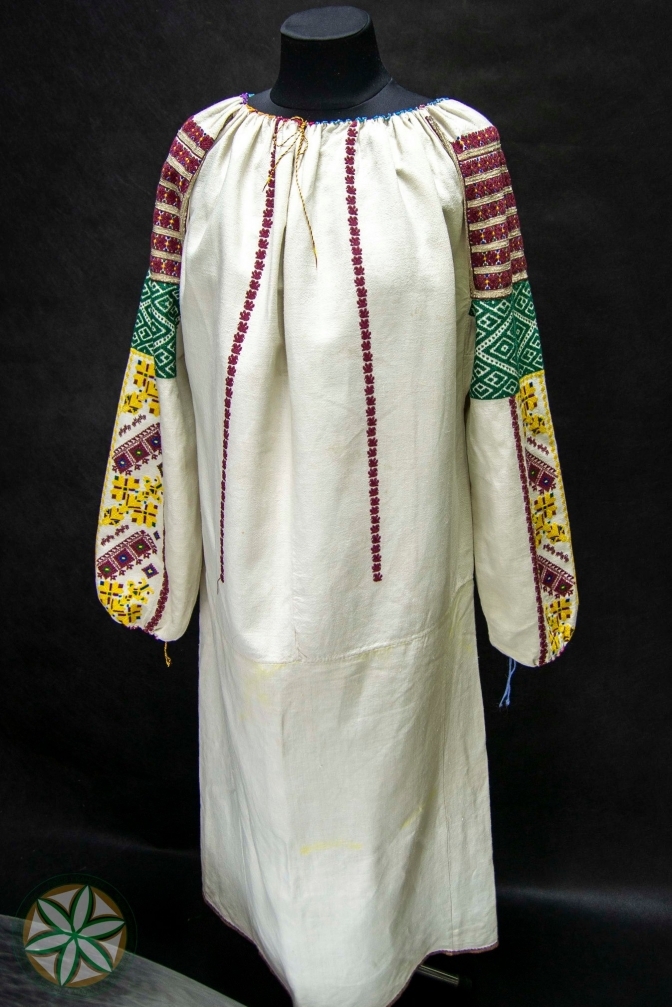
He adds that, while taking care of honoring one’s own family here in western Ukraine, one should not forget, even remind those who unintentionally or deliberately forget about traditions.
«For example, we can give embroidered shirts to people who come to us from the East. Such a gift will be a testament to the fact that we accept them into our family,» notes Liubov Svarnyk.
In recent years, the Klymentii Sheptytskyi Museum of Folk Architecture and Rural Life in Lviv has organized various exhibitions before the Easter holidays, such as Easter in Yavoriv, little-known Lviv, Sokal, and Zhydachiv districts. This year, there was to be an exhibition about Easter in the Boikivtsi region. According to Liubov Svarnyk, they have even selected exhibits, including old photographs, ceramics, interior fabrics, folk costumes, including shirts. However, because of the coronavirus and now because of the war. We can not organize this exhibition.
Now, during the hostilities, the museum is open to visitors. But its interiors are somewhat impoverished because we hide the best exhibits.
The museum has up to 23,000 exhibits, two thousand of which are embroidered shirts from Pokuttya, Boikivshchyna, Hutsulshchyna, Polissia, and Zakarpattia. A similar museum with an ancient clothes collection and household items from all over Ukraine is the National Museum of Folk Architecture and Life in Pyrohiv.
Translated by Yulian Lahun
Follow us on Facebook and Instagram. Lviv Now is an English-language website for Lviv, Ukraine’s «tech-friendly cultural hub.» It is produced by Tvoe Misto («Your City») media-hub, which also hosts regular problem-solving public forums to benefit the city and its people.












